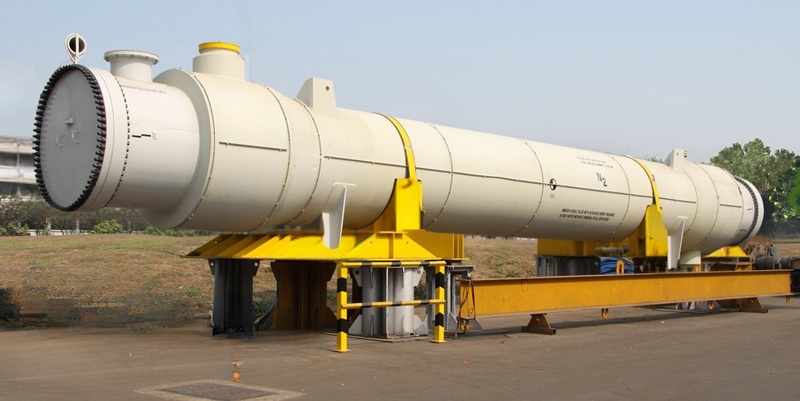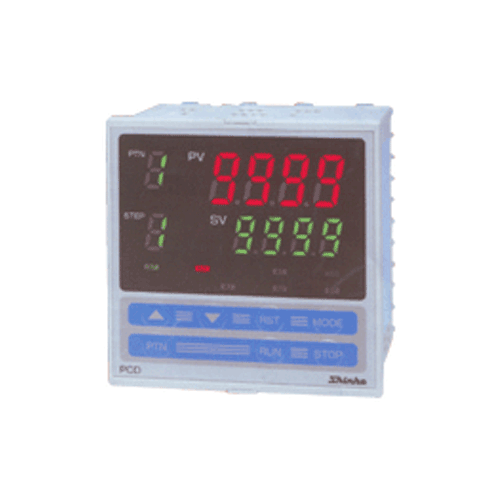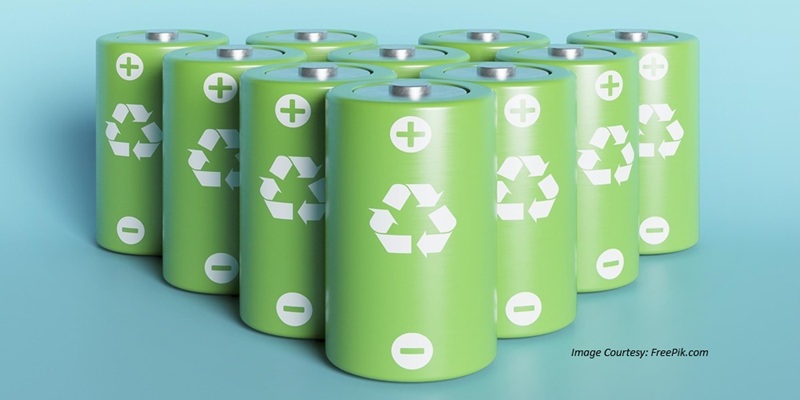Schedule a Call Back
AI models could be biased in algorithm design: Vandana Iyer
 Interviews
Interviews- Oct 28,24

- Use of AI & automation for drug discovery: AI is being increasingly used for drug discovery and clinical development of small molecule and biological therapies. Recursion, US, uses ML algorithms to accelerate drug discovery and currently has a lead candidate in phase 2/3 clinical studies for Neurofibromatosis treatment. Automated high throughput screening is widely used for screening large drug libraries for discovery of new therapies. Companies such as Thermo Fisher Scientific, US, already offer advanced HTS platforms for drug screening applications. Lab automation and robotics are also being increasingly used for liquid handling, pipetting and sample preparation.
- Use of AI & automation across clinical development: AI and automation can help improve clinical trial design and outcomes, apart from enabling improved patient recruitment for clinical trials. Use of Robotic Process Automation (RPA) can help automated data entry and compliance reporting during clinical trials or other pharma processes.
- Use of automation for pharma manufacturing: There is rising use of automation across various pharma manufacturing processes. Robots and co-bots are currently being used for packing and pelletising applications, and automating quality control and testing applications
- Use of automation for improving pharma surveillance: AI can help automate the generation of safety reports and adverse events reporting post product launch, which will help enable improved patient safety practices.
- Use of automation for supply chain and inventory management: IoT sensors-based automated tracking systems and real time supply chain monitoring will help improve inventory management in the pharma industry. It will also help improve compliance with laws pertaining to drug traceability.
Some of the key barriers to automation adoption include:
- Data security, privacy and integrity challenges: Data breach and cyber attacks continue to be critical challenges across all industries that are increasingly adopting AI and automation. The challenge is amplified in the pharmaceutical industry as data integrity has a direct impact on patient safety and well-being.
- Large scale transition to AI & automated manufacturing: Large and established pharmaceutical companies will need to invest significantly towards the infrastructure and skills to successfully transition towards automated manufacturing platforms. This is likely to be time consuming and cost-intensive, as it would need deep customisation to ensure seamless integration of AI and automation into their legacy manufacturing practices and processes.
- Variability of AI models: AI-models tend to be variable and complex and are often associated with lack of transparency in the algorithms that are deployed. This impacts the reproducibility of results and prediction, leading to lack of consistency. AI models could also be biased in algorithm design which could adversely impact the actionable insights or process automation linked to these algorithms.
- Complexity of biological systems: AI’s efficacy is limited by the human understanding of complex biological systems. Factors such as genetic variation, environmental conditions, demographic variability and other factors may influence individual responses to drugs, which is difficult to incorporate in AI algorithms. Small molecule drug interactions with biological components cannot be completely simulated in a virtual environment using docking algorithms and scoring functions, as they are very complex, which may lead to identification of inactive molecules.
- Ethical concerns: Data ownership, privacy, and user consent need to be defined clearly and transparently to ensure high compliance with regional privacy mandates and regulatory guidance. Ethics and regulatory guidance are still being developed across several regions and hence the adoption of AI and automation across such regions are likely to be more challenging due to the ambiguity of the regulatory landscape for such technologies.
- Rising use of data-centric approach to address challenges across the pharma value chain
- Growing focus on platform-based automation tools for the pharma industries as opposed to product-based solutions for driving new drug discovery and development
- Increasing tech-bio partnerships across the IT and healthcare sectors for both diagnostic and precision medicine applications
- Personalisation of wellness and healthcare solutions across defined population cohorts and rising individualisation of treatment design using advanced AI and automation tools.
- Modular & flexible manufacturing design: Modular plug-n-play manufacturing models can be easily scaled up or down to suit production needs and workflows. Use of single-use reactors and continuous manufacturing protocols can help scale production needs in an agile manner.
- Standardized protocols and interoperability: Well-defined protocols for AI and automation can help add or remove components within manufacturing processes to scale up existing systems. Built-in compliance and validation across such systems will also help achieve regulatory standards and ensure optimal product quality during the implementation of the scaling operations.
- AI for predictive scaling: Use of AI and digital twin systems can help understand the impact of scaling in virtual environment and help minimise operational risks during implementation in real world scenarios
Related Stories

India’s stainless steel demand rises 8% in FY25, says ISSDA
India’s installed stainless steel production capacity currently stands at 7.5 million tonnes, with a utilisation rate of around 60%.
Read more
Godrej Process Equipment delivers critical exchangers for ammonia plant in ME
The company is supplying high-pressure heat exchangers to enhance energy recovery at one of the world's largest blue ammonia production facilities
Read more
Texmaco Rail secures Rs 1,405 million wagon order from Indian Railways
With this addition, Texmaco Rail & Engineering Ltd’s total order book now stands at Rs 71.15 billion, marking strong growth and sustained industry confidence.
Read moreRelated Products

Programmable Controllers - Pcd-33a Series
Pro-Med Instruments (P) Ltd offers a wide range of programmable controllers - PCD-33A Series.

Gasket Graphite Powder
Arihant Packing & Gasket Company offers a wide range of gasket graphite powder.
Asahi Kasei expands 3D printing filament sales in North America
Asahi Kasei, a leading resin and compounding technology provider, has initiated the sales of 3D printing (3DP) filaments in North America through Asahi Kasei Plastics North America (APNA). The soft la Read more













